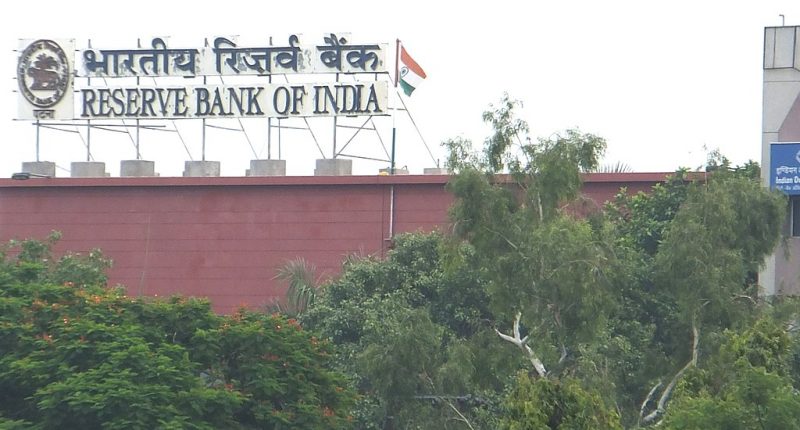The payments sector in India went through a revolution with the launch of UPI a few years ago. Today, Indians are making more digital transactions than ever before, thanks to a technology that even the world’s most sophisticated financial systems haven’t been able to implement. And now, the country might be due for another fintech revolution as banks are looking to democratize credit and make it accessible to the masses in the country.
India has just announced the new ‘Account Aggregator’ (AA) system, which will enable consumers to consolidate all their financial data in a place. Partner banks can then extend credit services to them based on that information instead of depending on collaterals.
According to RBI Deputy Governor M Rajeshwar Rao, the Account Aggregator system will ‘aggregate’ an individual’s financial information. While HDFC, ICICI, Axis, and IndusInd have already rolled out the Account Aggregator system, SBI, IDFC First Bank, Federal Bank, and Kotak Mahindra Bank are in the process of joining their peers. This system is set to provide a better understanding of potential customers, ensure smoother transactions, and make informed decisions.
The idea of the AA system is not new though. In fact, the RBI had toyed with the idea of creating a single repository of information on all financial assets of all individuals back in 2014. Seven years down the line, it has finally gained form. Five years ago, the framework to build the account aggregator system had been built and in 2019, the work to make the dream reality began.
What are Account Aggregators? They are NBFCs that are licensed by the RBI and collect and consolidate data from all Financial Information Providers (FIP) like banks and share that with Financial Information Users (FIU) like lending agencies.
Once you give your consent to be on the system, your data will be shared from one Account Aggregator participant to another through a centralized API-based repository, and you get to decide how long you want your financial data to be shared with an Account Aggregator participant.
When a large number of customers and information providers will be onboarded on the platforms, the main objective of the AA system will be met, and it will lead to the aggregation of data in a form and manner desired by the users in a completely safe and secure environment.
According to Rao, “What is equally important is that the financial information providers (FIPs) and the financial information users (FIUs) tap into the vast potential of this innovative platform. The systems will function optimally only when a variety of customer accounts are maintained across different financial entities, cutting across financial sector regulators are linked to the account aggregator.”
While the banks mentioned above have joined or will be joining the system, other fintech start-ups are catching up as well. PhonePe, Yodlee Finsoft, and Perfios have received the green signal from the RBI to launch their account aggregator platforms. OneMoney, FinVu, CAMSFinServ, and NADL have already launched their AA platforms.
Another incentive to be on the AA system is that it will help consumers and businesses gain access to loans easily and much faster and make the process of obtaining credit more efficient and be available to many. This is something that is sorely needed in the country, whose credit system is lacking in reaching a majority of the population.
The Tech Portal is published by Blue Box Media Private Limited. Our investors have no influence over our reporting. Read our full Ownership and Funding Disclosure →






